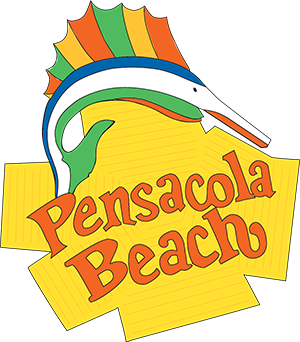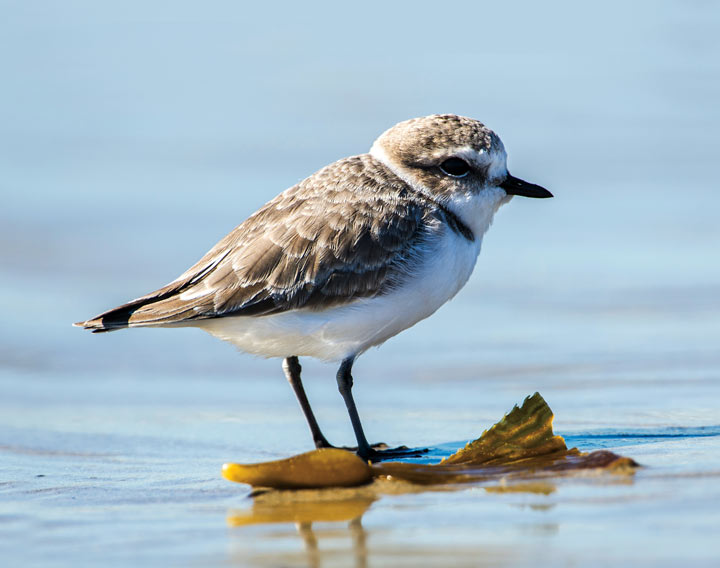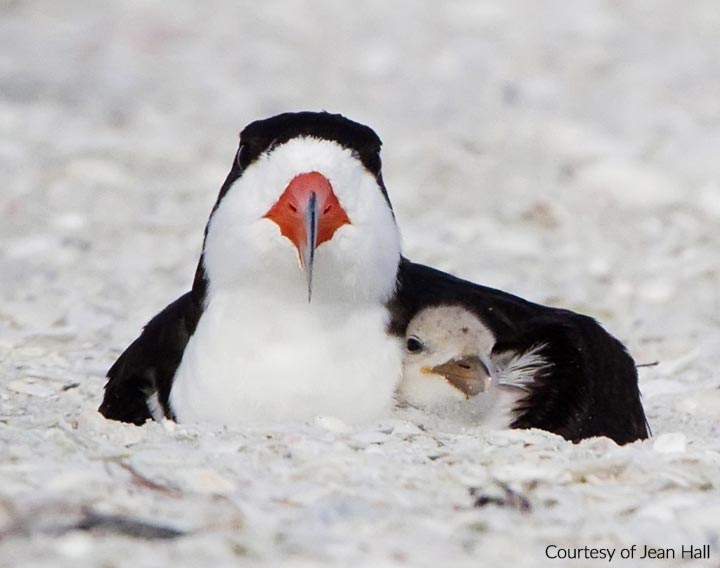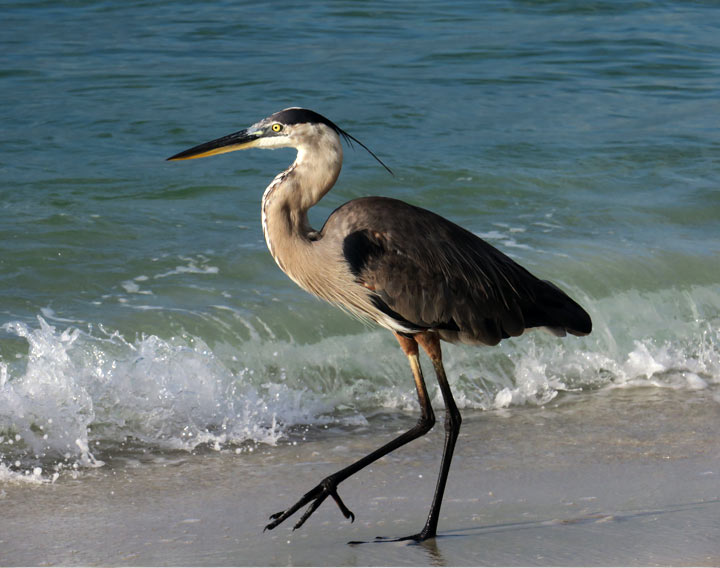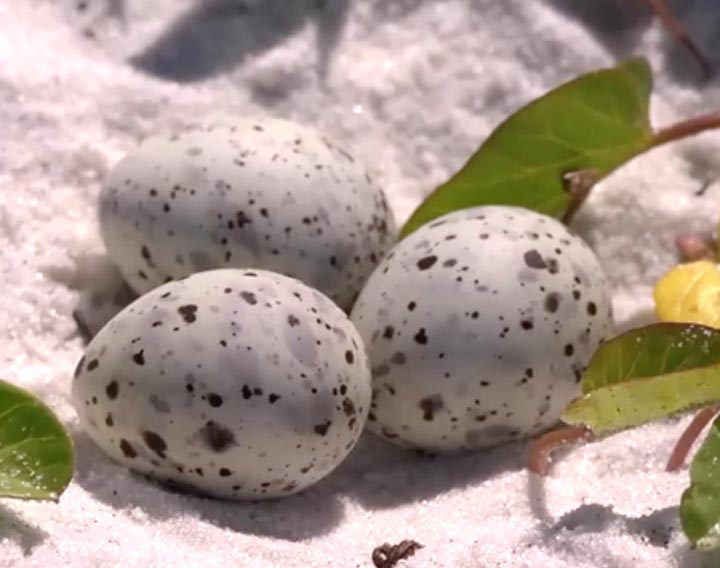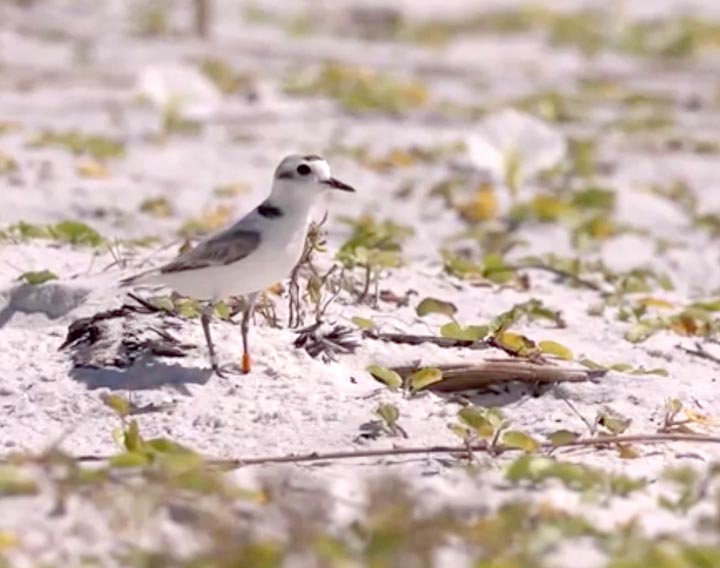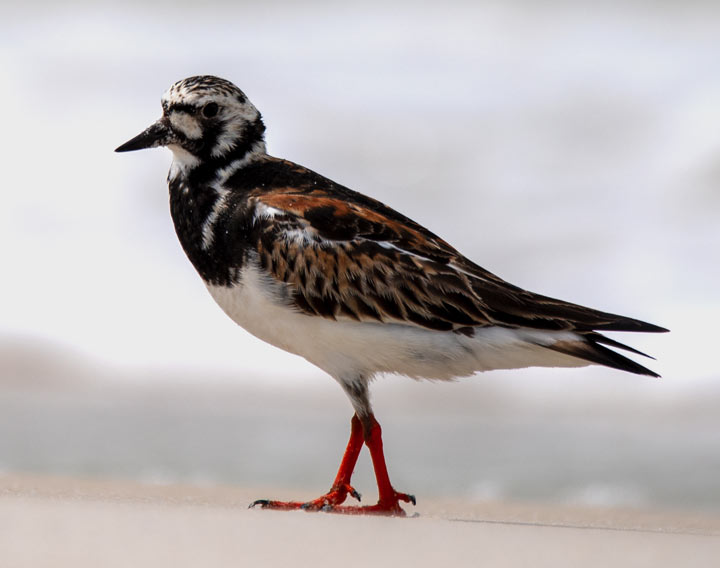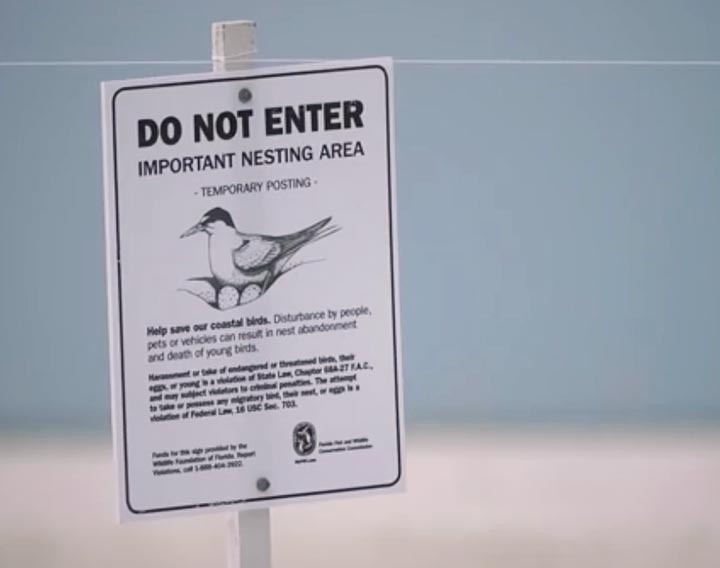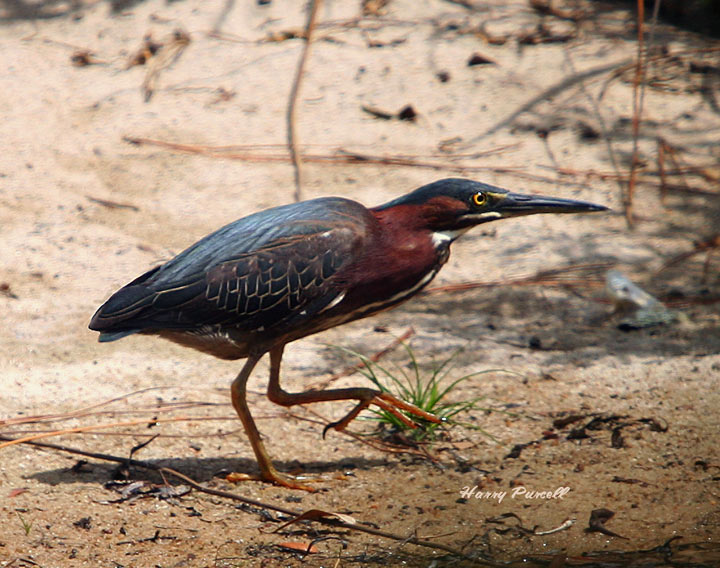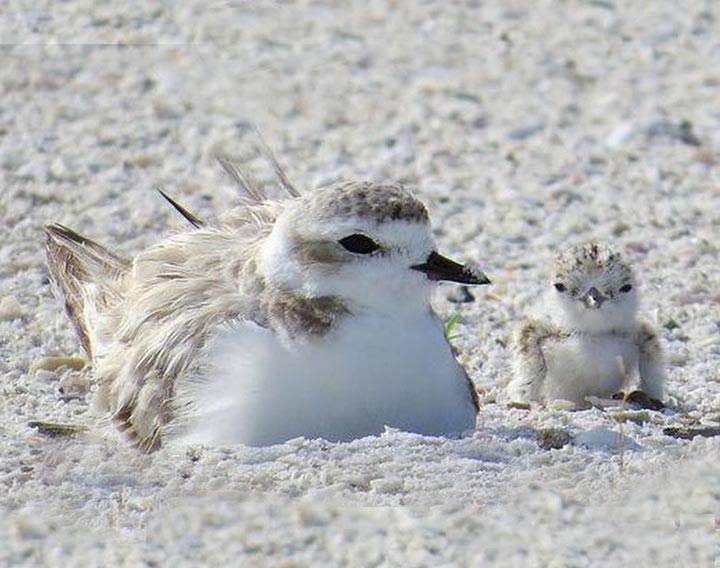Share the Beach with Shorebirds this Spring
By Katie King
It’s springtime again, and that means fun in the sun! It seems everyone is clamoring to get to Pensacola Beach to enjoy the beautiful weather and crystal clear waters now that winter has finally passed.
As it turns out, humans aren’t the only species ready to get back to our little slice of paradise. Migratory shorebirds are too. And many are traveling great distances to get here.
Pensacola Beach provides nesting habitat for several species of ground nesting, migratory shorebirds during the spring and summer — including least terns, snowy plovers, Wilson’s plovers and black skimmers. Least terns are migrating from as far away as Central and South America to raise their young on our beaches.
The majority of the shorebirds that nest along Pensacola Beach are snowy plovers and least terns. Their tiny eggs and chicks, the size of cotton balls, are so camouflaged they are almost imperceptible to the human eye.
Within the national seashore, park employees have worked to protect nesting areas and separate the birds from the people by roping off areas where the birds are known to nest.
Least Terns often nest in colonies and are known for being territorial and protective of their chicks. They sometimes harass hikers and bicycles passing near their nests. If you find yourself being dive-bombed or besieged by multiple birds, it means you are near an unmarked nesting area or young chicks. Please leave the area by back-tracking and retracing your steps, watchful where you’re walking.
Humans aren’t the only threats to shorebirds. Snakes, raccoons, coyotes and even larger birds prey upon nesting shorebirds and their eggs. Research shows that only about one in every three eggs laid by the birds actually make it to the fledgling stage.
So here are some simple things that you can do along Pensacola Beach to ensure that both you and your family — and the shorebirds and their families — can co-exist peacefully and use the beach together, and so can generations to come.
Beach bird safety tips
- Slow down while driving during nesting season March through August. Adult birds and their tiny chicks are sometimes hit by vehicles as they wander onto or fly across roadways.
- Never chase shorebirds that are on the beach. Forcing them to run or fly compels them to use valuable energy needed for nesting. Unattended eggs and chicks are vulnerable to the sun’s heat or to predators nearby, watching and waiting for a snack.
- Obey all posted shorebird/seabird signs and roped off areas. Use designated walkways when available so you don’t disturb the birds and their families.
- Dogs are only allowed within the designated dog beach areas and must remain on leash.
- Do not fly kites, throw balls or explode fireworks near areas where birds may be nesting because they are frightening when airborne and tend to crash in unpredictable places at unpredictable times.
- Keep your distance from nesting birds. When birds are screaming and dive-bombing you, get a clue: you are way too close. A general rule is to stay at least 100 yards away from a nest. If you are being dive-bombed, retreat by slowly retracing your steps — and watch where you put your feet.
- Leave Only Your Footprints Behind. Please keep the beach clean (even if this means you are picking up after someone else) and do not feed wildlife. Beach litter endangers wildlife and food scraps are smelly and both attract predators that then will prey on shorebird chicks or eggs.
By following these basic beach bird tips, it is possible for birds and people to enjoy the beach together.

